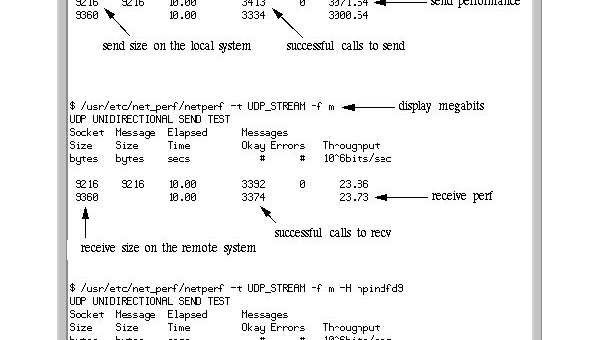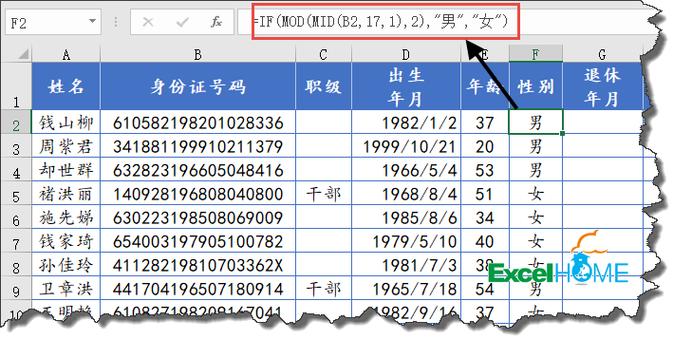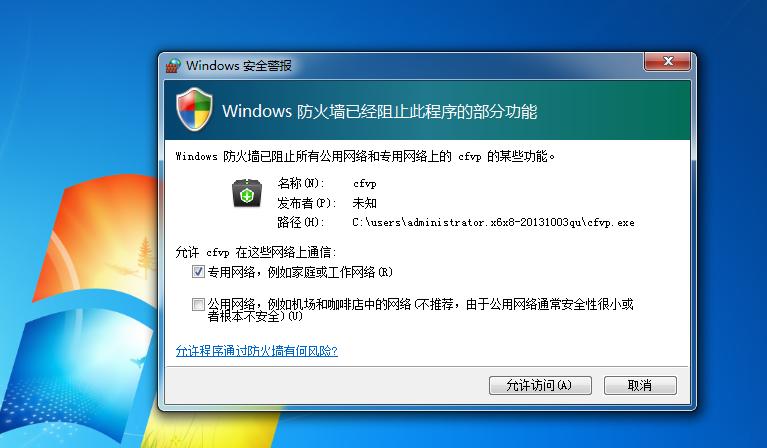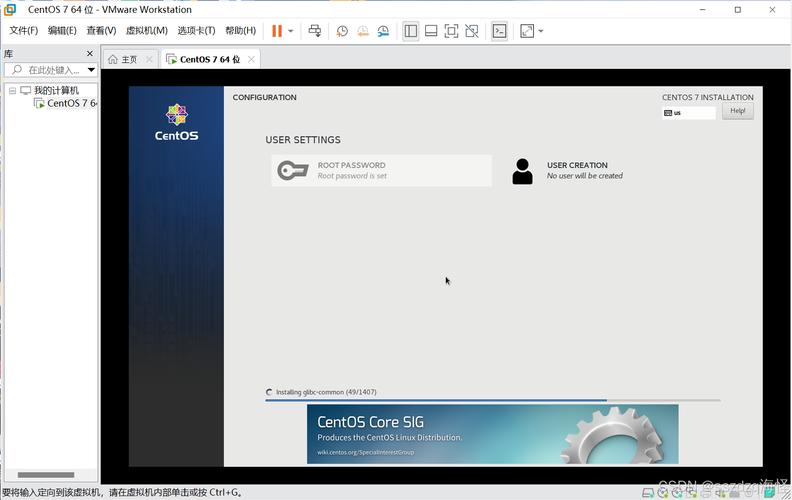接着上编来讲php生命周期,看看扩展哪些钩子做哪些事,php生命周期大概5个阶段,模块初始化阶段php_module_startup,请求初始化阶段php_request_startup,脚本执行阶段php_execute_script,请求关闭阶段php_request_shutdown,模块关闭阶段php_module_shutdown,下面以cli模式介绍。
php_module_startup
先看看这个阶段做了什么,如果不知道php入口文件在哪,用gdb看看调用栈,gdb ./php在php_module_startup打断点,执行,在看下调用栈,
b php_module_startup
(gdb) r test.php
bt
php_module_startup (sf=0x1406460 ,
additional_modules=0x0, num_additional_modules=0)
at /www/test/php/php-7.4.3/main/main.c:2098
#1 0x00000000008bae7c in php_cli_startup (
sapi_module=0x1406460 )
at /www/test/php/php-7.4.3/sapi/cli/php_cli.c:407
#2 0x00000000008bcc80 in main (argc=2, argv=0x1425af0)
at /www/test/php/php-7.4.3/sapi/cli/php_cli.c:1323
在调用栈可以清楚看到执行流程,现在到/main/main.c文件看看做了哪些事情,也可以用gdb一步一步的看,这里就讲与php扩展有关的几个地方,这里做的初始化工作,像垃圾回收,请求初始化,注册常量,php. ini 配置文件加载等,先来看看怎么加载模块的
/* startup extensions statically compiled in */
if (php_register_internal_extensions_func() == FAILURE) {
php_printf("Unable to start builtin modules\n");
return FAILURE;
}
这里是加载php内置的模块,这里只贴出核心功能,先检查依赖
/* Check module dependencies */
if (module->deps) {
const zend_module_dep *dep = module->deps;
while (dep->name) {
if (dep->type == MODULE_DEP_CONFLICTS) {
name_len = strlen(dep->name);
lcname = zend_string_alloc(name_len, 0);
zend_str_tolower_copy(ZSTR_VAL(lcname), dep->name, name_len);
if (zend_hash_exists(&module_registry, lcname) || zend_get_extension(dep->name)) {
zend_string_efree(lcname);
/* TODO: Check version relationship */
zend_error(E_CORE_WARNING, "Cannot load module '%s' because conflicting module '%s' is already loaded", module->name, dep->name);
return NULL;
}
zend_string_efree(lcname);
}
++dep;
}
}
if (module->functions && zend_register_functions(NULL, module->functions, NULL, module->type)==FAILURE) {
zend_hash_del(&module_registry, lcname);
zend_string_release(lcname);
EG(current_module) = NULL;
zend_error(E_CORE_WARNING,"%s: Unable to register functions, unable to load", module->name);
return NULL;
}
这是内置模块加载原理,现在看看ini里的扩展怎么加载
php_ini_register_extensions();
zend_llist_apply(&extension_lists.functions, php_load_php_extension_cb);
利用这个函数加载
php_load_extension(char *filename, int type, int start_now)
这里面也执行了加载内置模块的功能。是调用了module->functions,进行模块功能函数注册,现在知道了为什么功能函数要写在 helloworld _functions这里吧
zend_module_entry helloworld_module_entry = {
STANDARD_MODULE_HEADER,
"helloworld", /* Extension name */
helloworld_functions, /* zend_function_entry */
PHP_MINIT(helloworld), /* PHP_MINIT - Module initialization */
NULL, /* PHP_MSHUTDOWN - Module shutdown */
PHP_RINIT(helloworld), /* PHP_RINIT - Request initialization */
NULL, /* PHP_RSHUTDOWN - Request shutdown */
PHP_MINFO(helloworld), /* PHP_MINFO - Module info */
PHP_HELLOWORLD_VERSION, /* Version */
PHP_MODULE_GLOBALS(pib),
NULL,
NULL,
NULL,
STANDARD_MODULE_PROPERTIES_EX
};
现在看看扩展的几个钩子函数
/* start Zend extensions */
zend_startup_extensions();
这里的核心就是func(element->data)也就是执行扩展PHP_MINIT函数
element=l->head;
while (element) {
next = element->next;
if (func(element->data)) {
DEL_LLIST_ELEMENT(element, l);
}
element = next;
}
现在就知道PHP_MINIT钩子可以做很多初始化的功能,怎么注册一个自定义扩展的功能类,怎么把扩展的变量写到php.ini里面,怎么重写php内置函数,
original = zend_hash_str_find_ptr(CG(function_table), "var_dump", sizeof("var_dump")-1);
if (original != NULL) {
original->internal_function.handler = my_overwrite_var_dump;
}
zend_class_entry person;
INIT_CLASS_ENTRY(person,CLASS_NAME,person_functions);
zend_register_internal_class_ex(&person,NULL);
这里就是重写var_dump函数,注册了一个person类,先介绍到这里,下编就介绍怎么把php代码通过词法分析语法分析生成AST,然后编译opcode指令,供zend虚拟机调用






